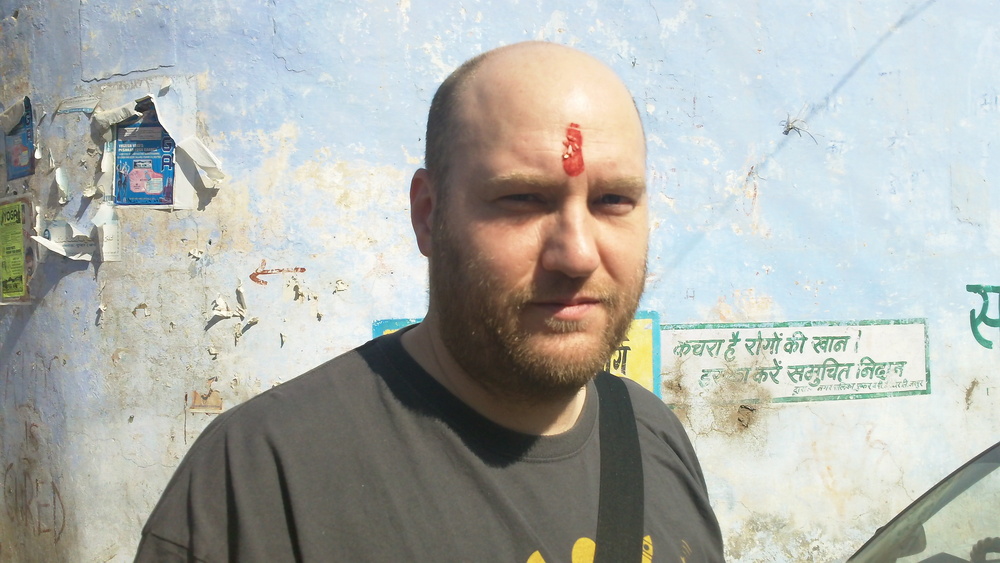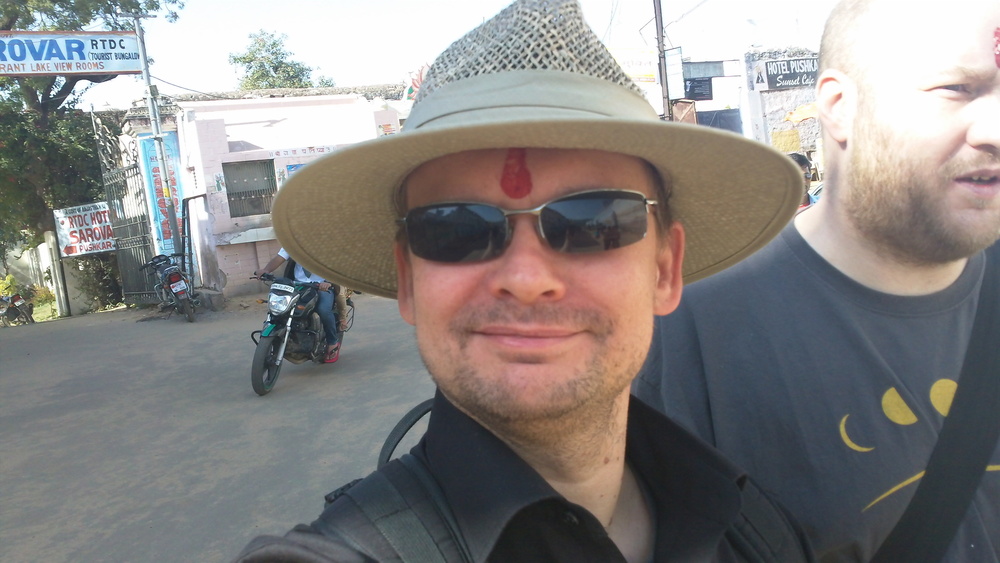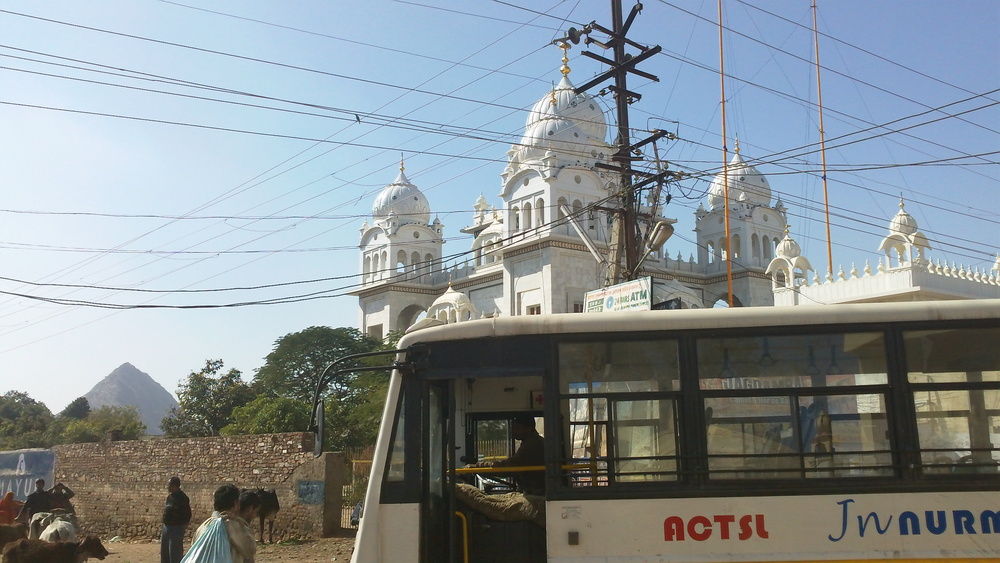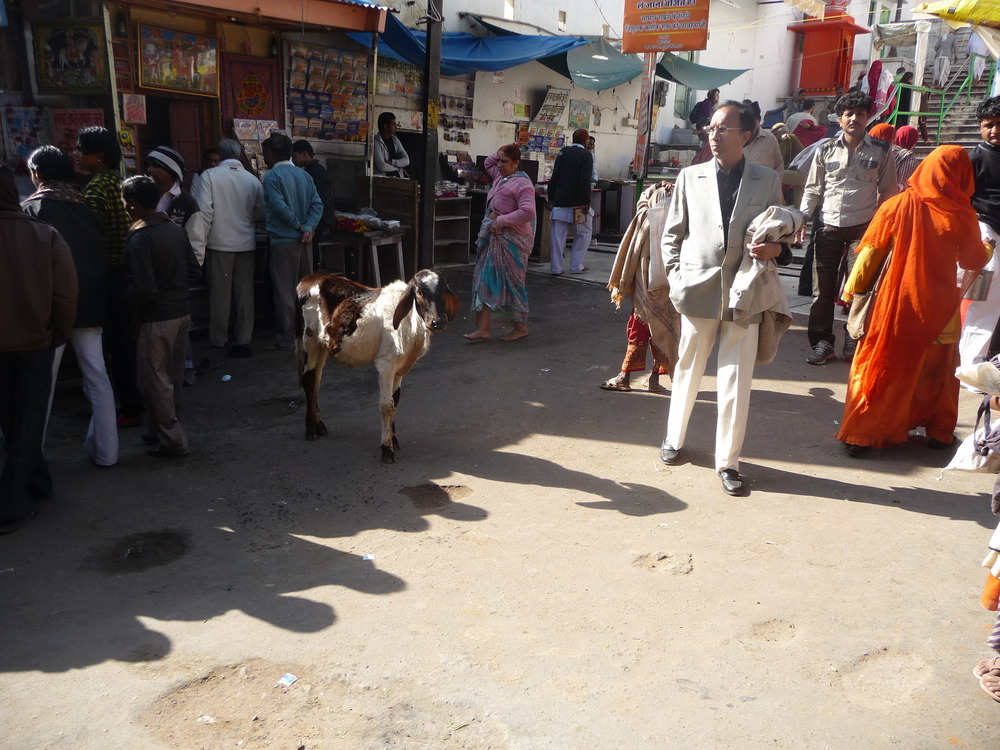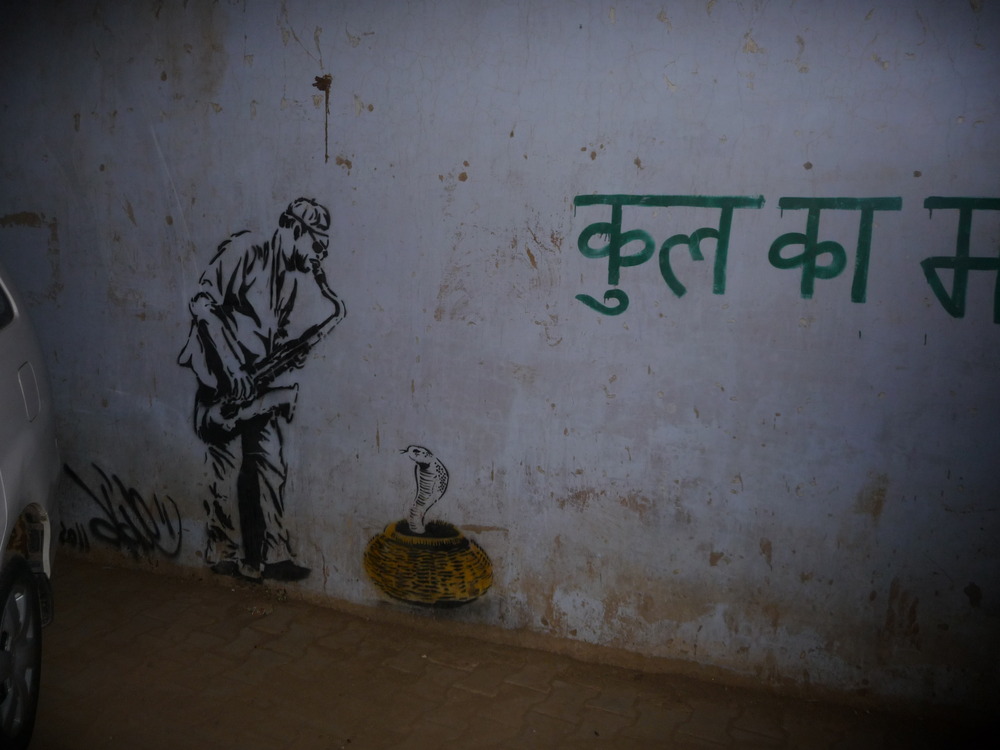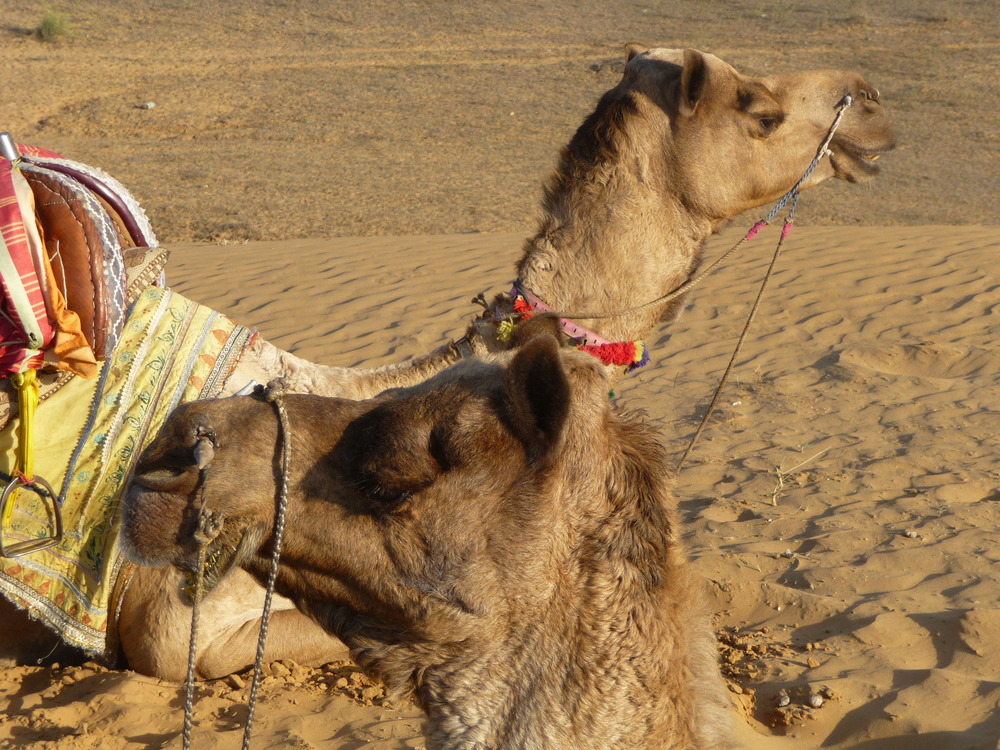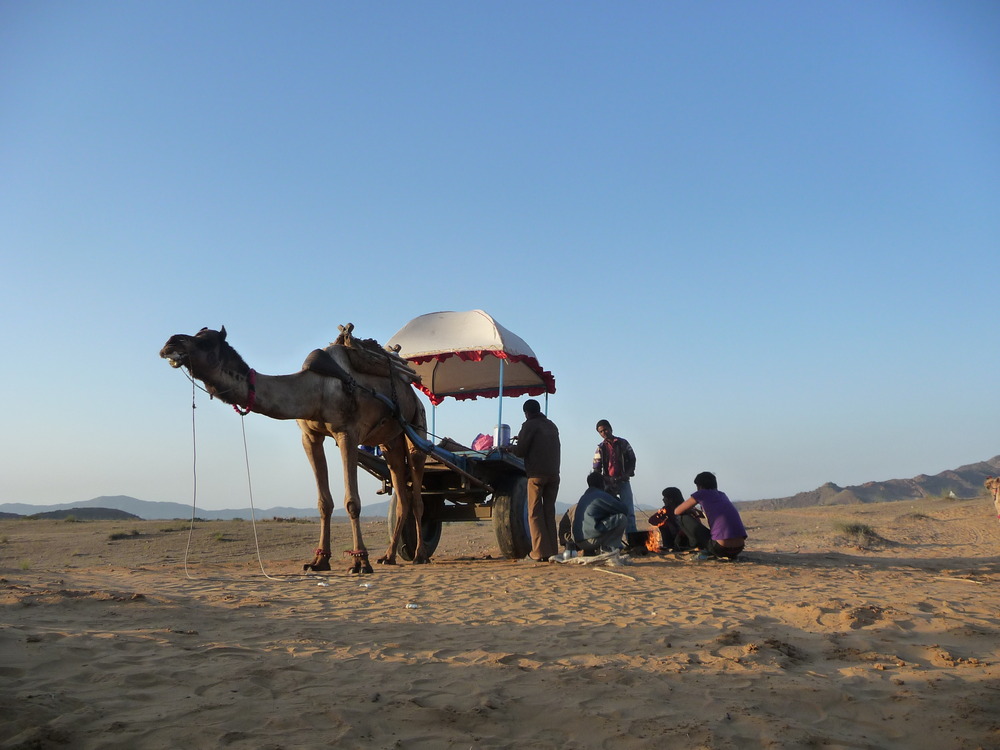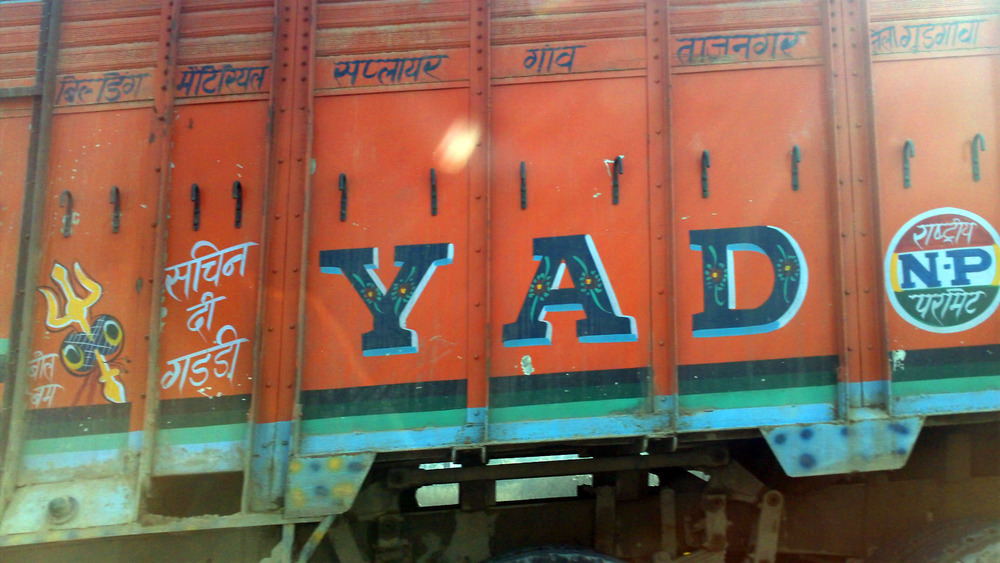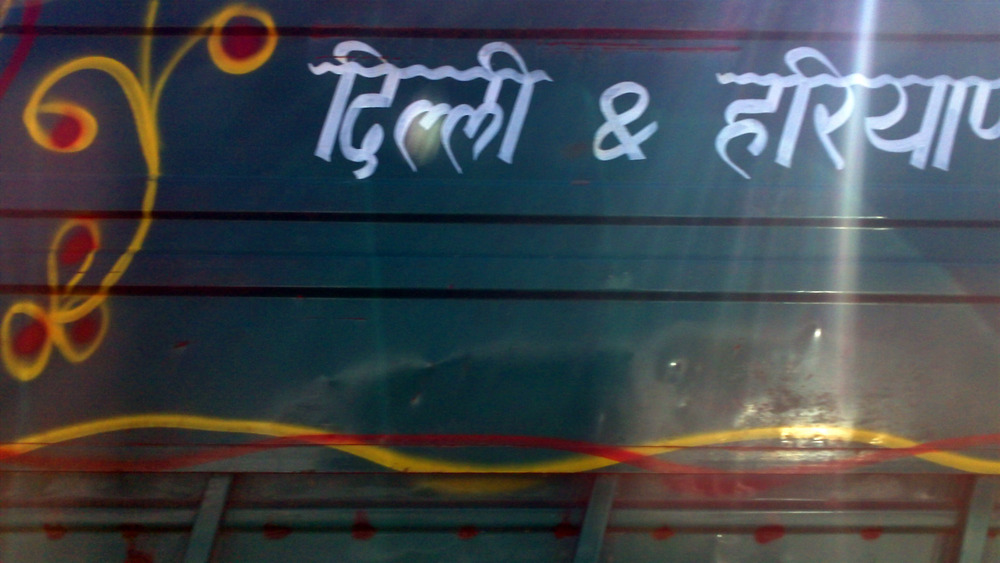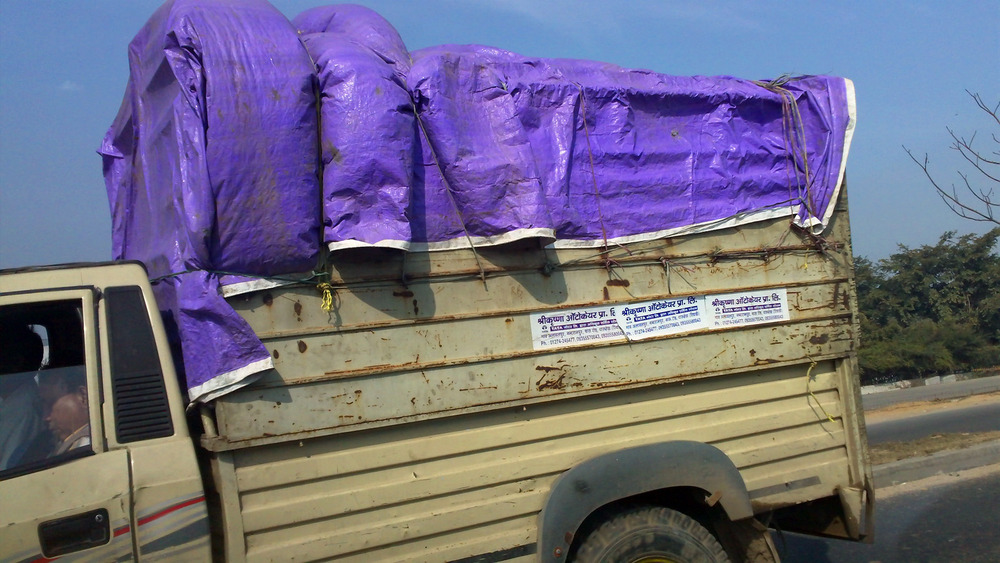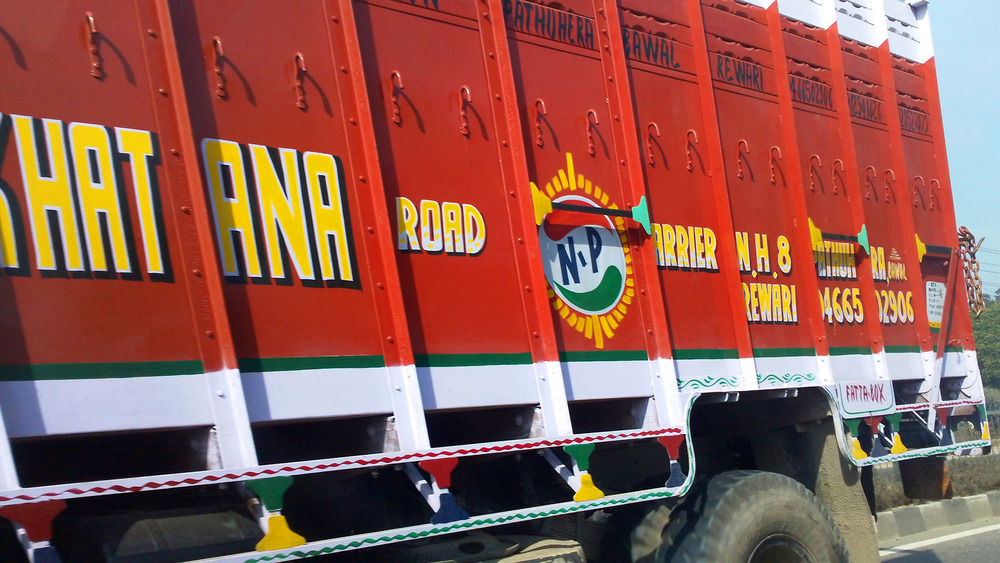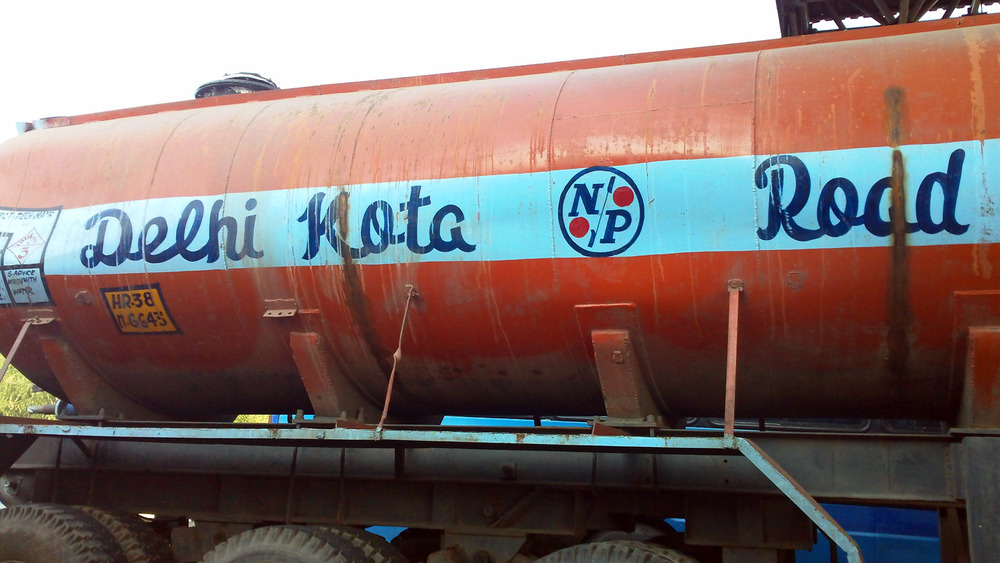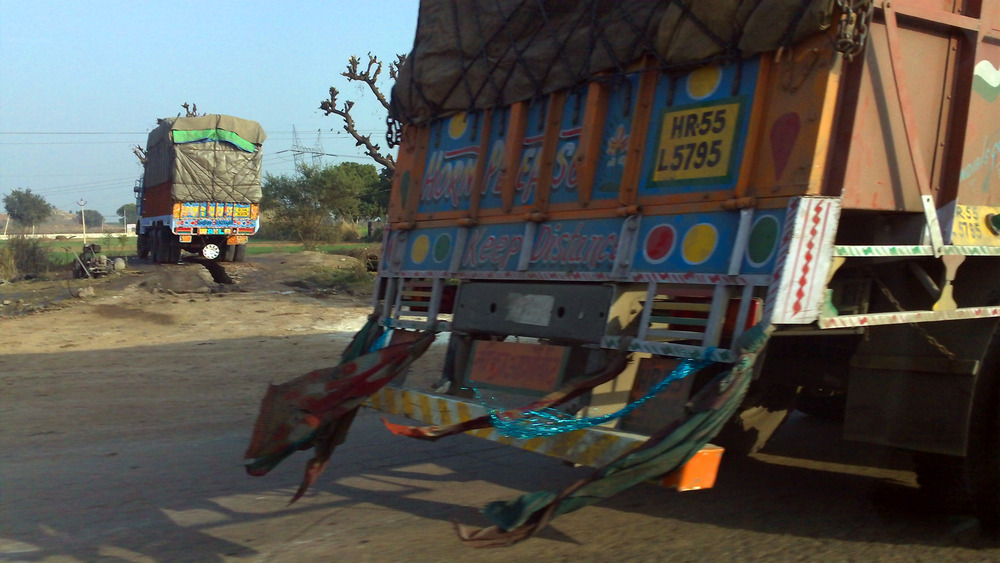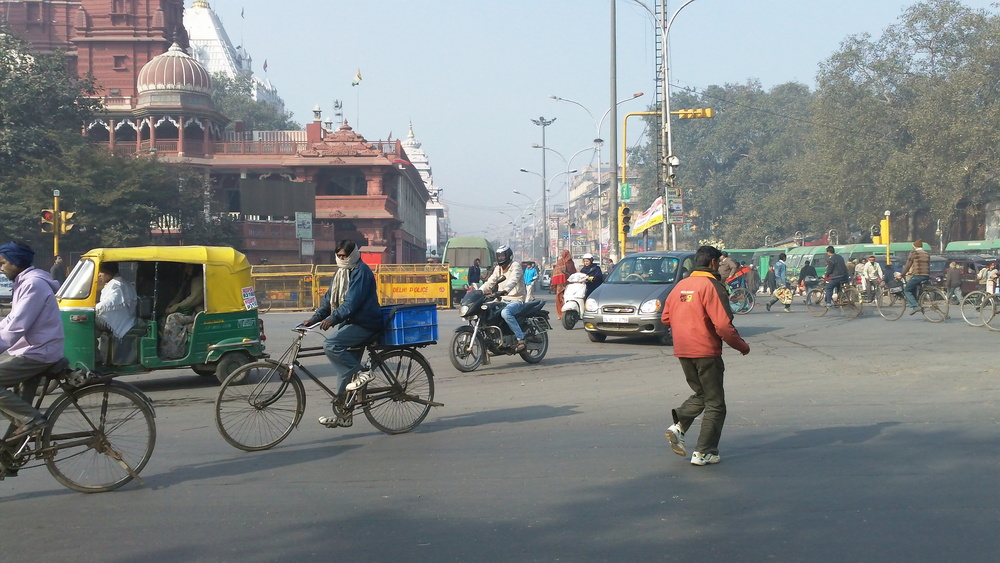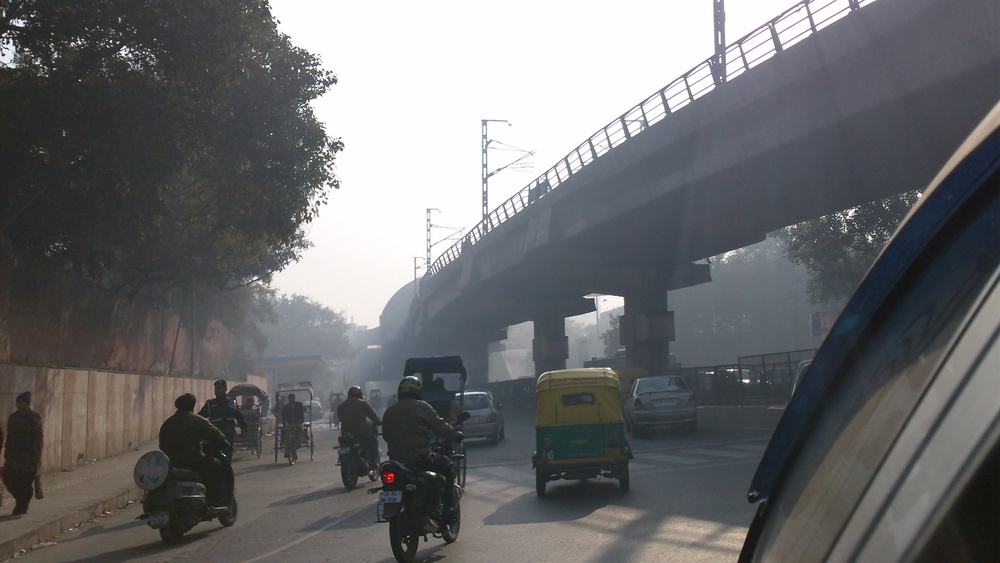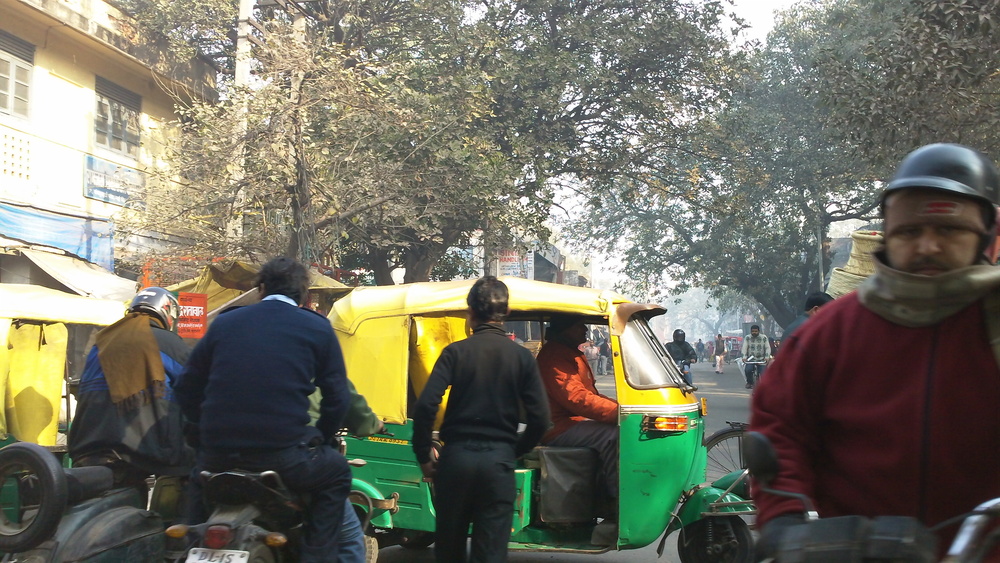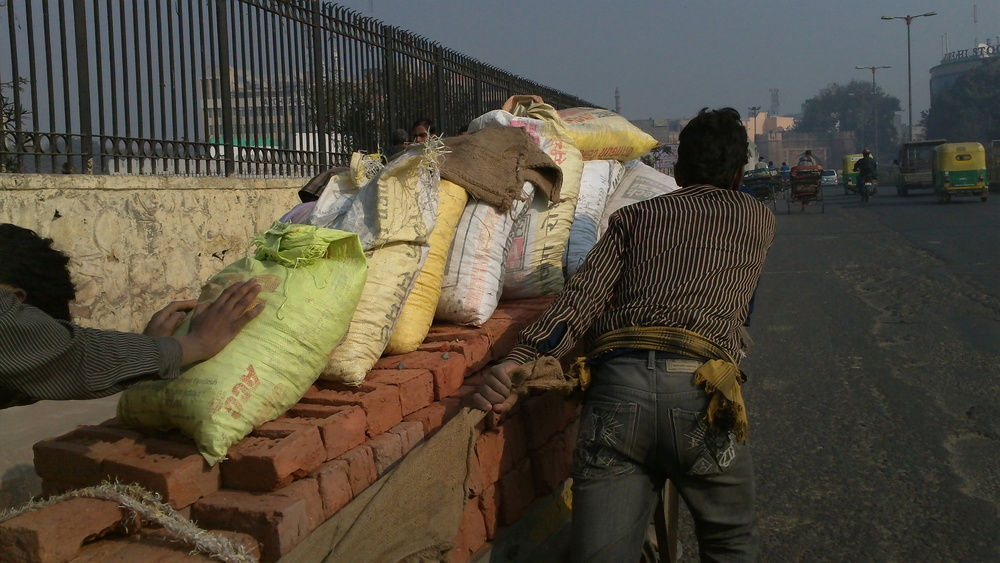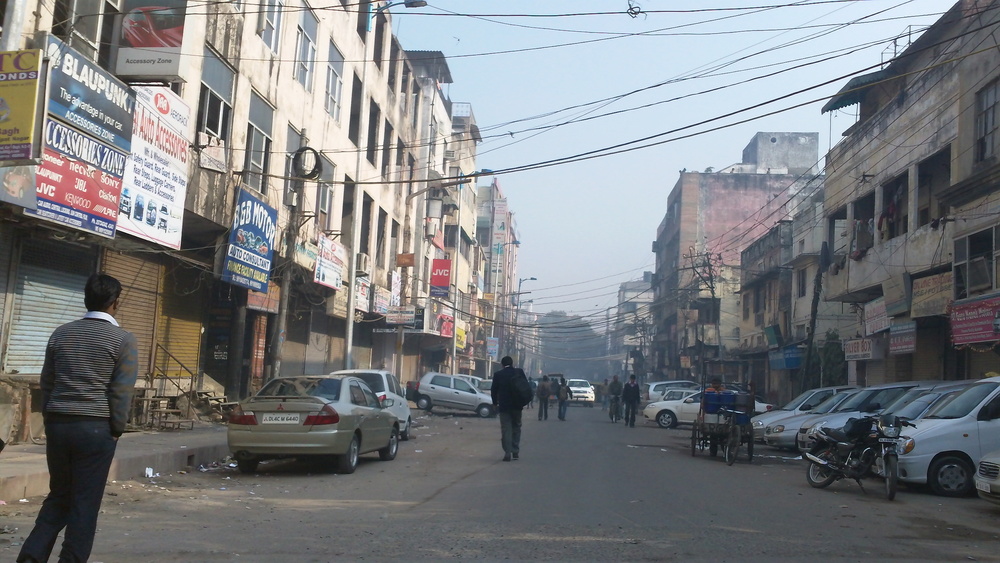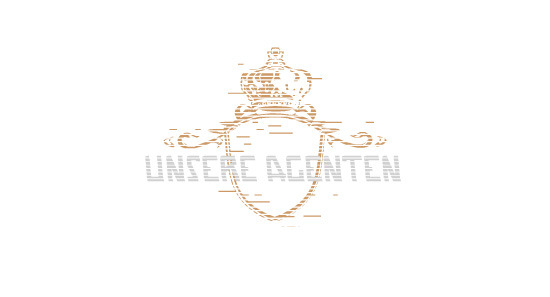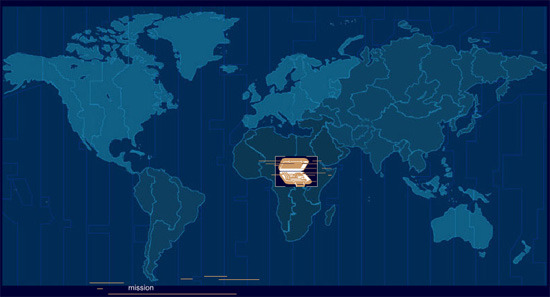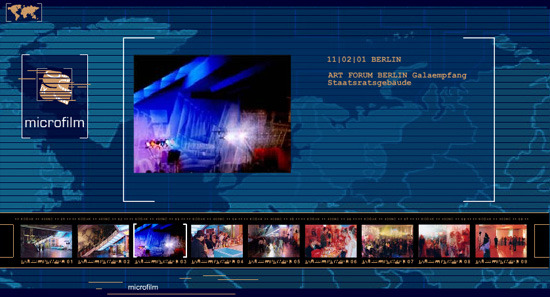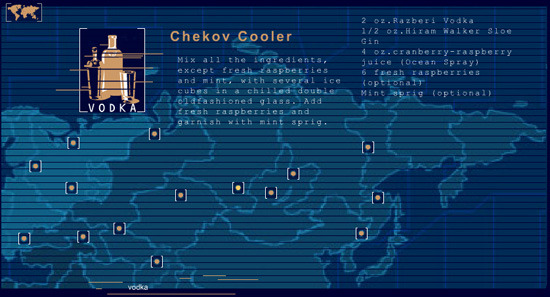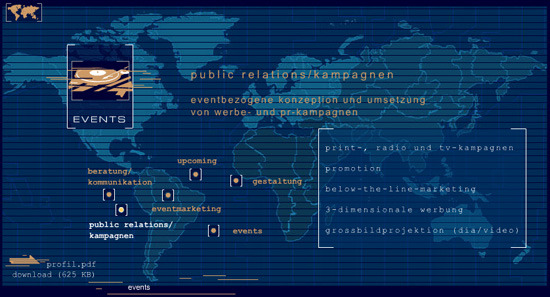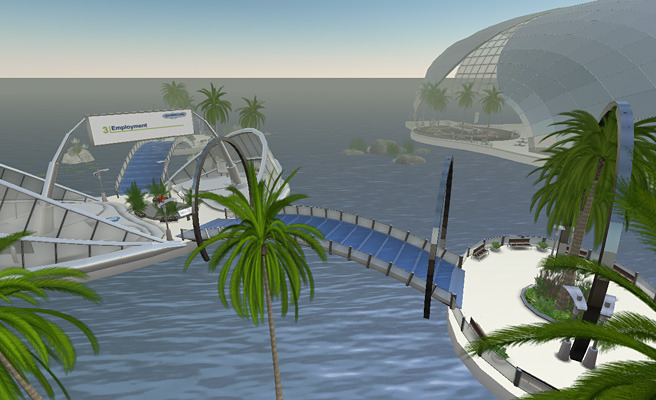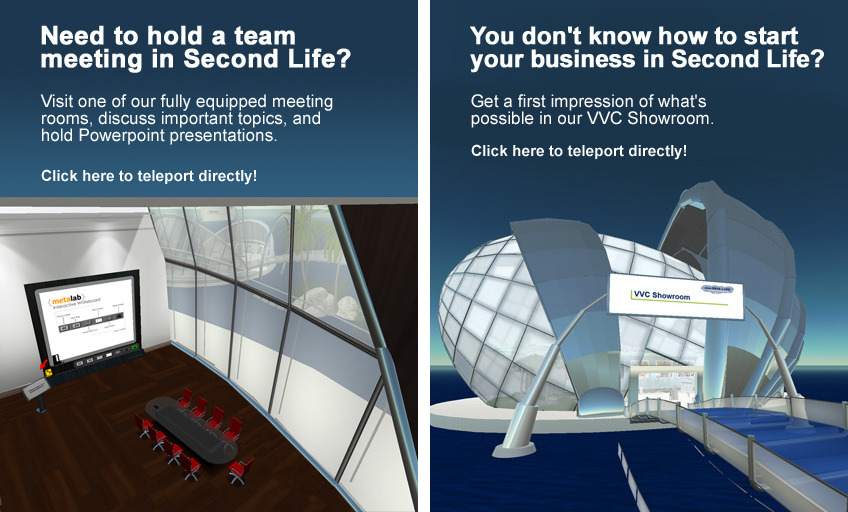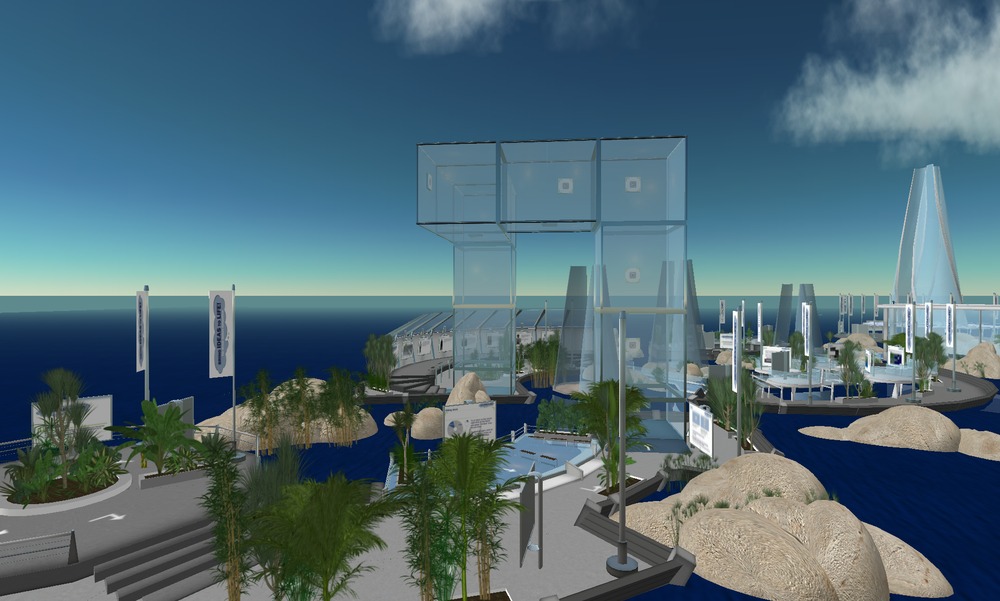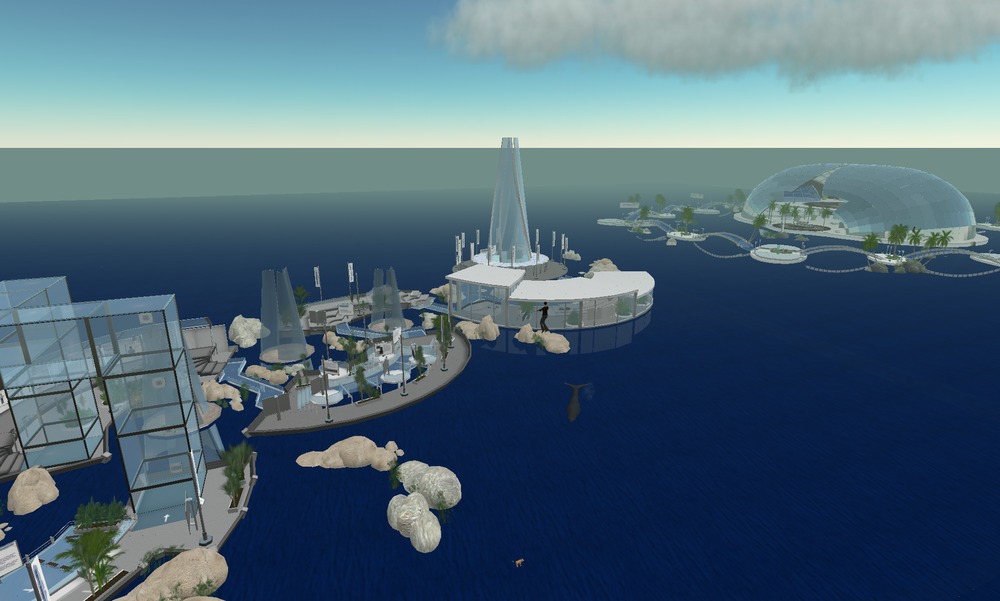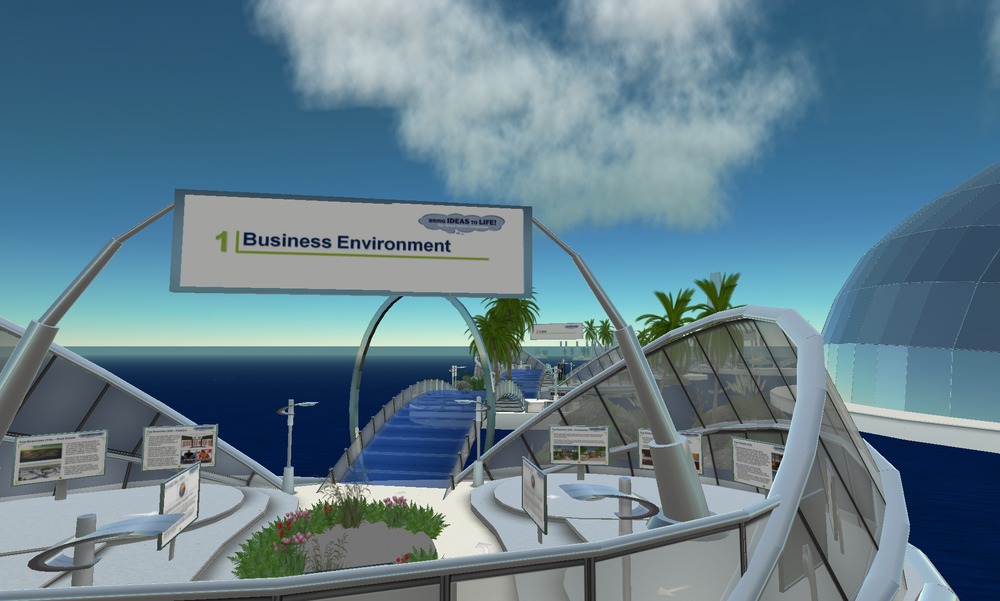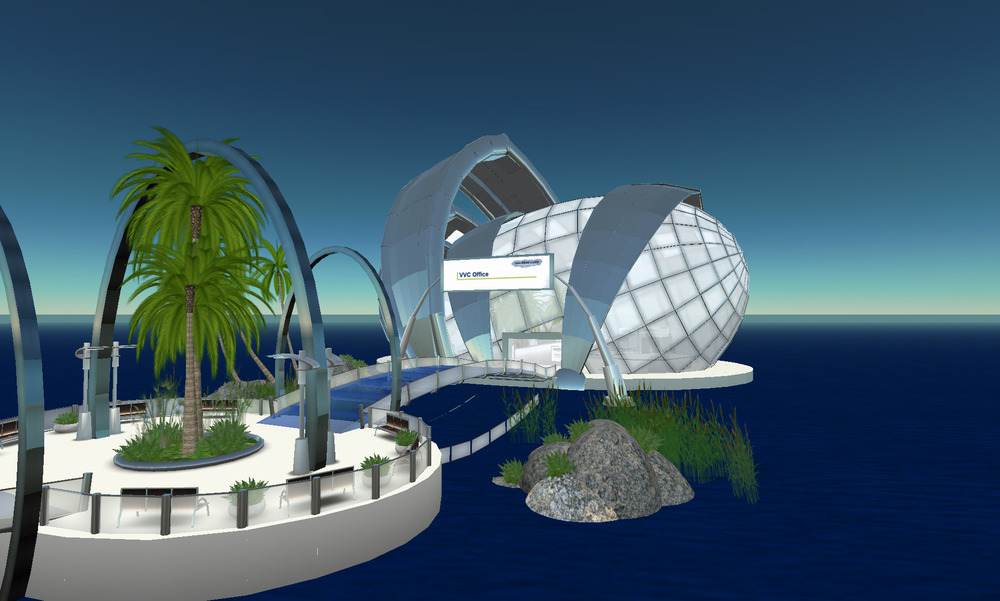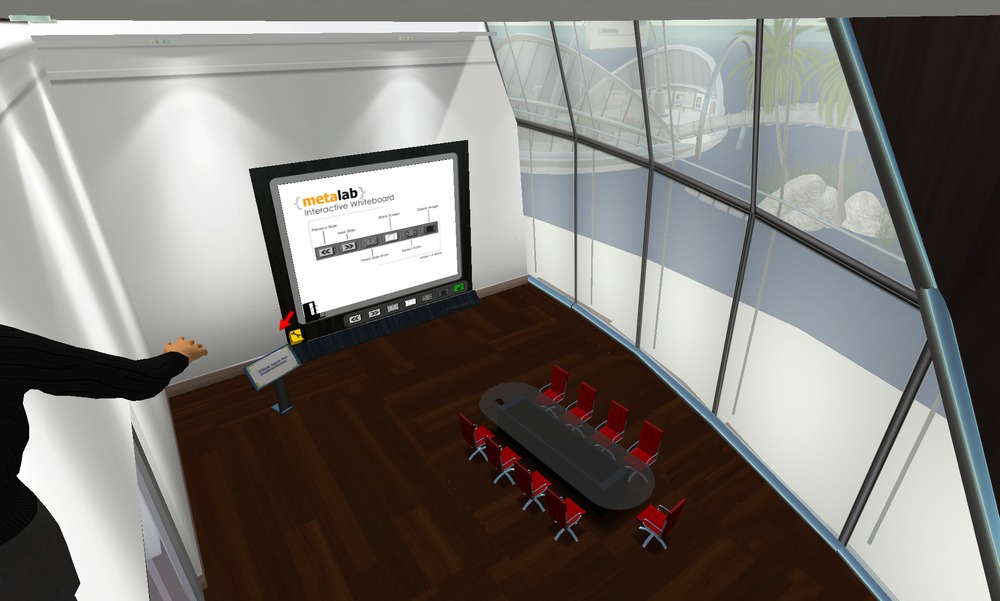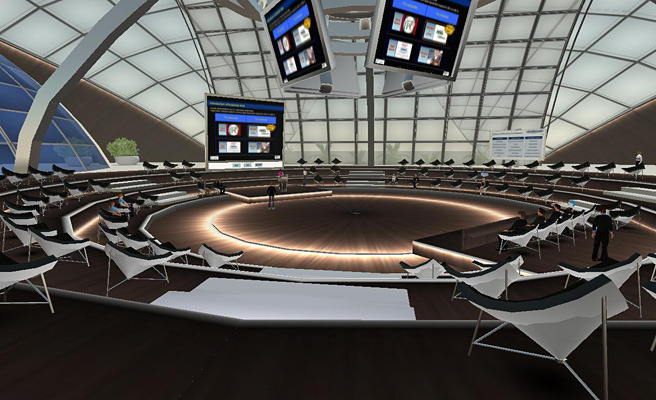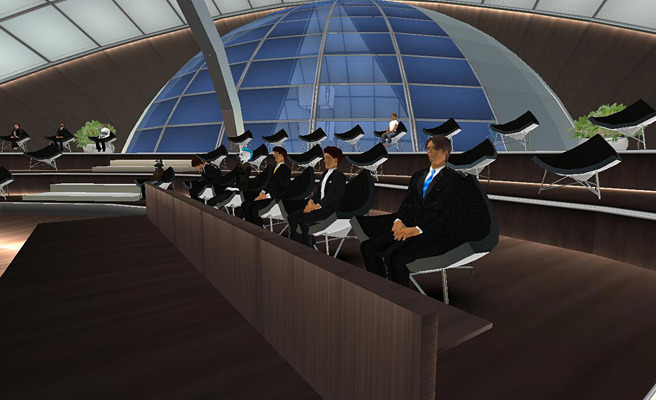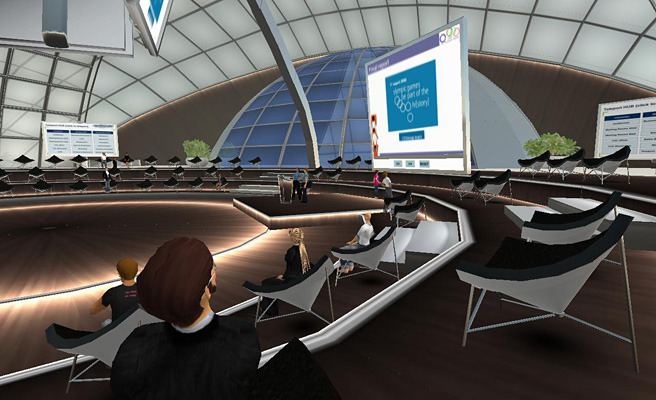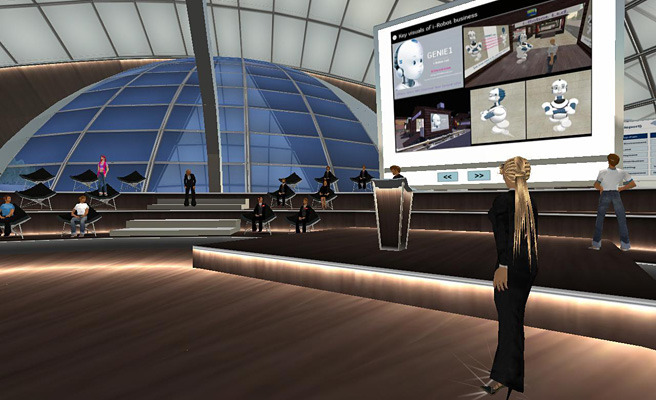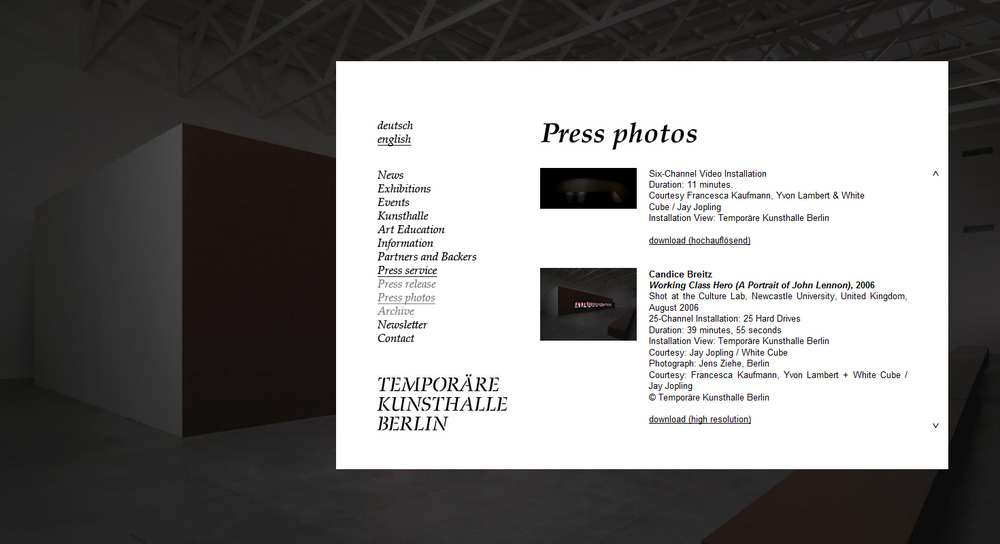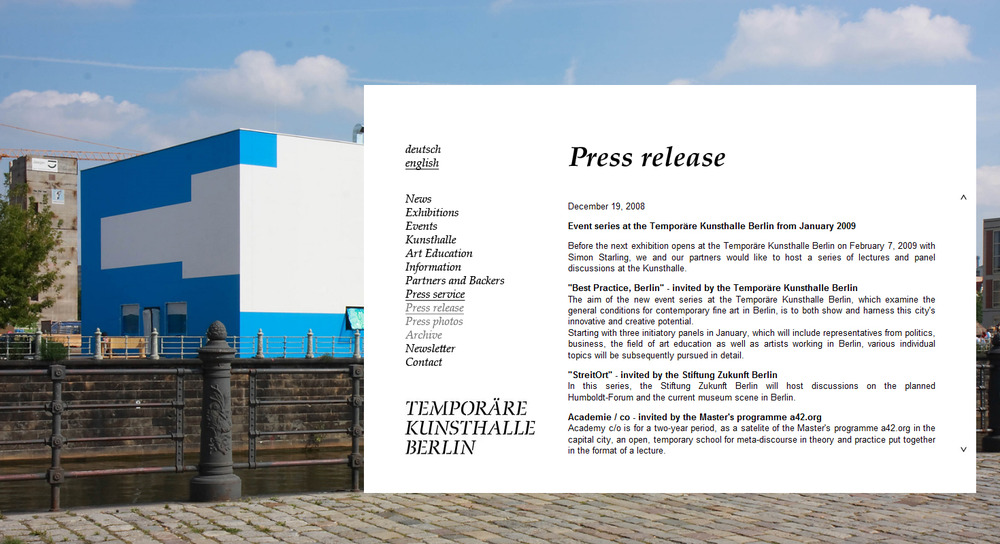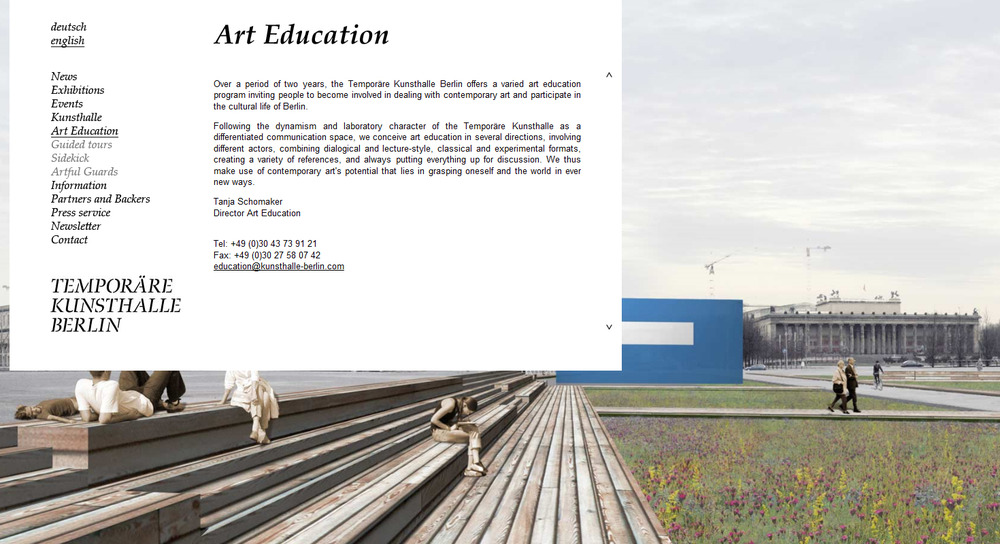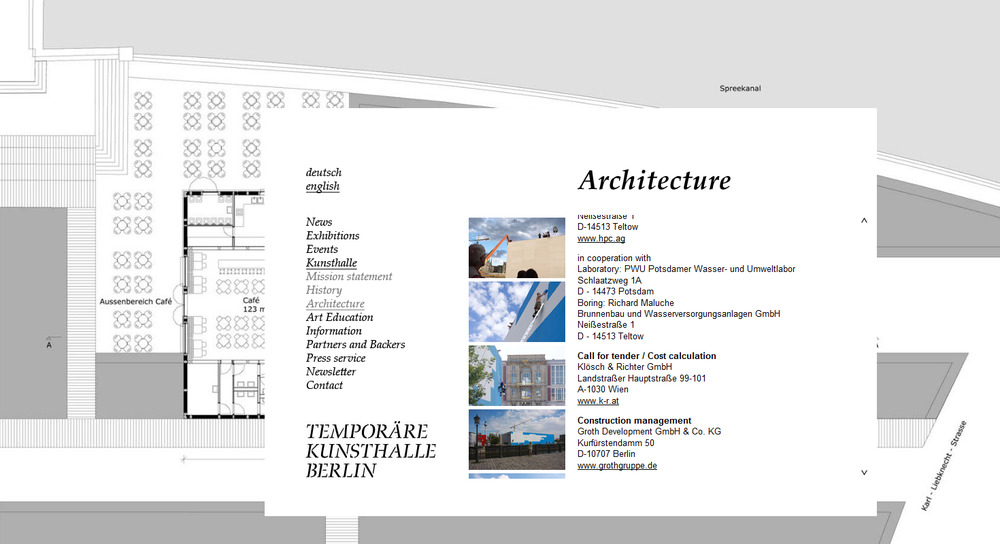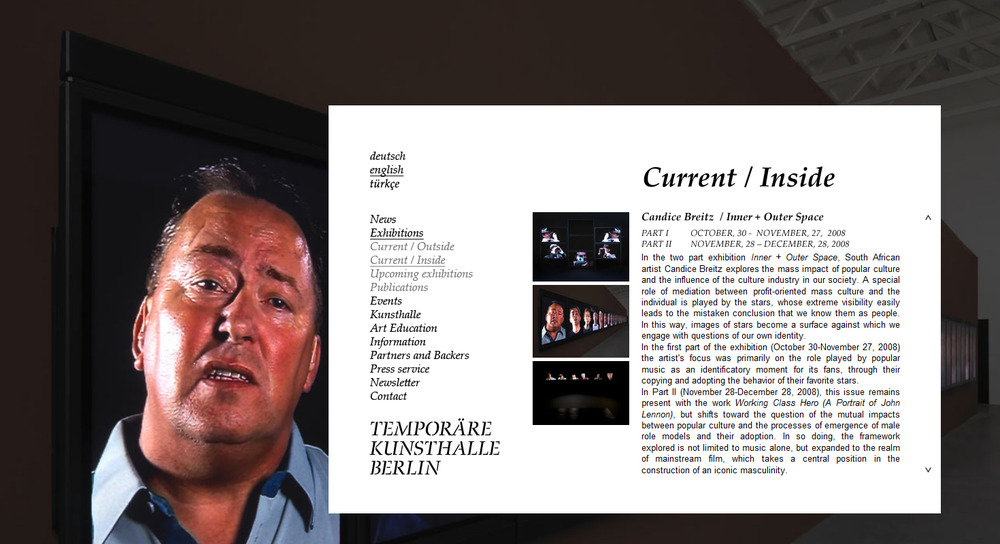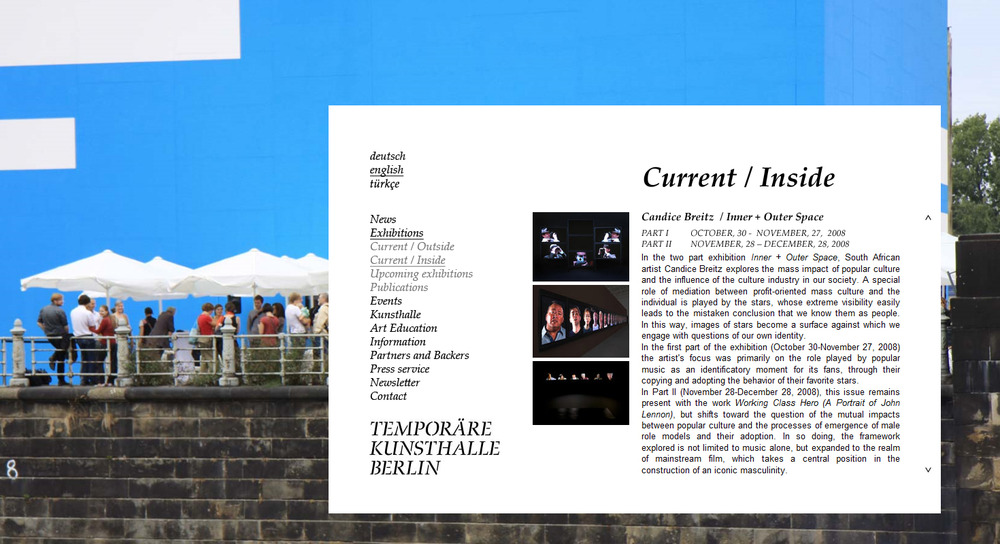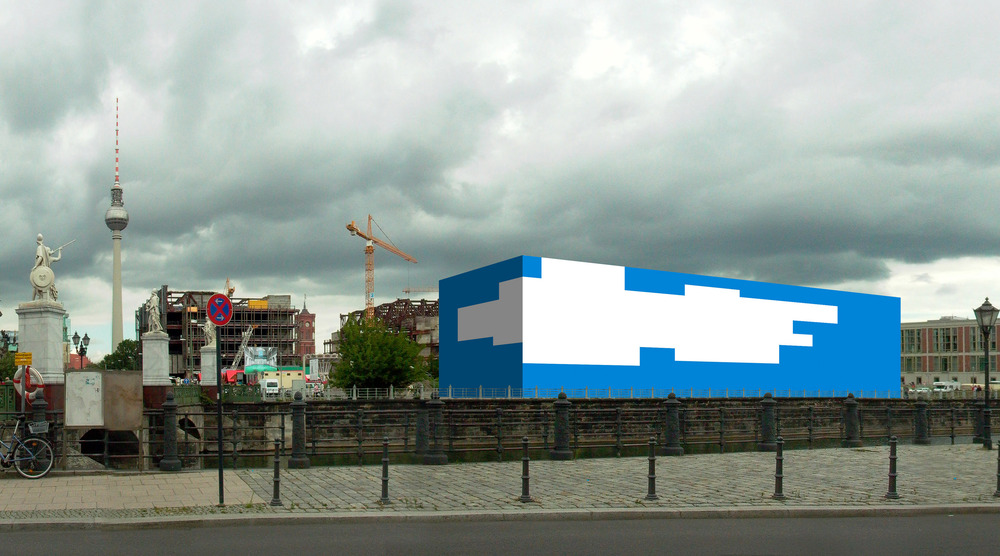Die heilige Stadt Pushkar
Von Delhi kommt man über Jaipur nach Pushkar. Die heilige Stadt ist ein großes Pilgerzentrum der Hindus. Einer ihrer 3 Hauptgotter - Brahma, der Erschaffer hat dort seinen Haupttempel. Um den Ort zu finden warf Brahma eine Lotusblute. Diese umrundete 3x die Welt und landete im heiligen See von Pushkar.
Es sind mehr als 500 Tempel - jedoch nicht ausschließlich Hindi - in dem kleinen ortchen, viele aber nicht offen fur Touristen. Denn Touristen sind da deutlich zu viele. Kommt man in den Ort von der Bazaarseite, fuhlt man sich eher in einer heiligen Shopping-Mall, vor allem abends. Tagsuber und in anderen Ortsteilen geht es dann.
Fazit: Mit einem Tag hat man schon viel Zeit ubrig. Kamelreiten ist eine gute weitere Beschaftigung vor Ort. In der 3h-Tour, die fur den ungeubten Hintern ausreicht, kommt man durch Minidorfer dann in Steppengebiete.
Lallan, unser Kamelfuhrer: "Ihr denkt die Wuste ist einsam. Keine Frauen, kein Wasser, kein Geld, kein Spaß. Aber ich bin ein Wustenjunge. Die Wuste ist immer Spaß. Und ich kann alles tun was ich will." Toller Typ. Spater erzahlt er noch, das er das letzte große Kamelrennen zum 2. Mal gewonnen hat wahrend der großen Camel Fair in Pushkar. Lallan traumt davon, irgendwann die 60.000 Rupien (1.000 €) fur ein eigenes Kamel zusammen zu bekommen. Ich druck ihm die Daumen.
Per Auto in Indien reisen
Wer sich im goldenen Dreieck Delhi - Jaipur - Agra bewegen will, landet oft beim Auto. Und das ist ein Abenteuer für sich.
Grundsatz: Keinesfalls selbst fahren. Der Stil ist so anders, das geht nicht ohne üben auch für erfahrene Fahrzeugführer. Es wird nicht sonderlich schnell gefahren, dafür ist es extrem voll und eng. Es wird trotzdem gnadenlos überholt. Aus zwei Spuren werden immer vier, mit Motorrädern dazwischen auch gern mehr. Für die 400 km von Delhi nach Pushkar haben wir trotz zügigem Fahren 8h gebraucht. Teilweise im Dunkeln ist das schon haarsträubend.
Optisches Highlight sind die Trucks. Alle verziert und bunt bemalt sind das wirklich sympathische Zeitgenossen. Hinten steht oft handgemalt "Please horn". Der Aufforderung wird gern Folge geleistet. Ein Auto ohne Hupe gilt als kaputt.
Dinge über Delhi, die in keinem Reiseführer stehen
- Im Januar ist Nebelsaison, nachts und morgens ist es kalt, neblig und riecht überall verbrannt. Dafür gabs aber auch gar keine Moskitos.
- Das Hotelviertel sieht aus wie in den Slums, besonders morgens anzukommen kann irritieren. Das ist etwas ansehnlicher dort, wenn die Läden aufhaben. Eine Taxifahrt vom Flughafen zum Hotelviertel der Innenstadt kostet 350 Rupien, wollen die deutlich mehr ziehen sie euch ab, was bei allen die euch beim rauskommen direkt ansprechen passieren wird.
- Selber fahren ist keine gute Idee. Die fahren nicht aggressiv, aber sehr anders. Es gibt eigentlich keine Verkehrs- und Straßenschilder. Es gibt keine Pubs oder englisches Essen. In Restaurants kann man aber auch nur trinken. 23:30 macht alles zu. Nightlife gibt es nur in 5-Sterne-Hotels
- Restaurant- und Hotelpreise sind ohne Steuern, es kommen 20% dazu.
- Auf Märkten und auch in Läden handeln! 500 Rupien erhalten ein Gegenangebot von 100 Rupien, 130-160 Rupien ist dann ein guter Preis.
- Ich hab auch alte Inder mit der linken Hand essen sehen. Dafür ist mir nicht eine Kuh in Delhi begegnet.
- Das Wort "Chelo" heißt "Hau ab" und ist sehr hilfreich.
Das Geschenk
Erstes Video mit meiner neuen Kodak Zi8-Cam und ein Beitrag zum Geschenk erraten - was zugegeben echt schwer ist.
Virtual Venture Competition
The consulting agency McKinsey & Company called for business plans in 2007 inside the virtual world Second Life. Titel: Bring Ideas to Life. The special thing: everything in this competition take place in Second Life, the information, meetings, the presentations and so on. And the winners should do there project also in Second Life. So we build an Oriantation Island for the main basics of Second Life, Startup-Path to inform everybody about the tasks and rules, a main building with a huge lecture theatre up to 160 people (at this time the biggest technical possible hall in Second Life), 4 meeting rooms with interactive white boards, 2 extra buildings with showrooms and a lounge area.
Main agency was pixelpark, together with Sebastian Küppers I was responsible for the architecture of all buildings. We also model a lot of stuff, especially the complete Oriantation Island.
Temporäre Kunsthalle Berlin
For a period of two years, 2008 - 2010, the Temporäre Kunsthalle Berlin has presented contemporary international art at a historically charged location. In a tensional relationship to the Museum Island and all previous and future uses of the Schlossplatz, it represents contemporariness in the center of Berlin. The architecture by Adolf Krischanitz is grasped as a "projection screen" from the inside and outside, on which artistic designs are shown to a broad public.
I worked for the project from the beginning. It was a hard fight - espacilly for Constanze Kleiner and Coco Kühn - and finally we won. I made the website for the political initiative, a lot of promotional content like the first art hall in Second Life with the exact architecture of the upcoming hall and much more. Here you see pictures from the initial website with the blue pixelsky fassade from Gerwald Rockenschaub and the first inside exibition from Candice Breitz. A lot of javascript functionality, dragging of the content pane, switching toi full screen views and so on. Graphic design was made by www.glow-berlin.de and www.veryvery.de.
After a period of two years Temporäe Kunsthalle Berlin has been closed as planned on August 31, 2010.
St. Moritz Pin
Metal pin (22 mm) in retro design for an event in St. Moritz. Only 30 pieces will be produced by a goldsmith.
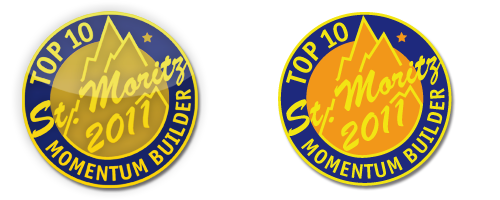
Werner – Haat am Ball
Werner is a German well known cult comic figure from the author Brösel. The mobile game Werner - Haat am Ball (meaning: "near to the ball" in his typical north german slang) from lbxgames combines flipper and breakout to a intersting mobile game.
My part was the creation of all figures near to the original comic and the animation with 2 to 4 frames. Per figure I had only 16 colors left. Werner - Haat am Ball was winning the Deutscher Entwicklerpreis (German Developer Award) - Audience Choice in the category "Best mobile action game" in 2006.
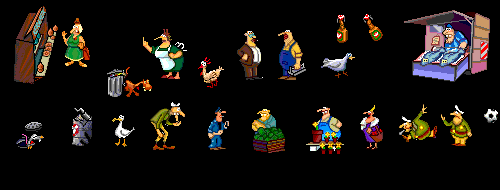
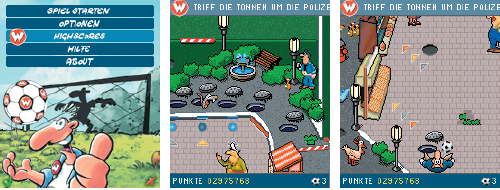
mtc – Multi Touch Console
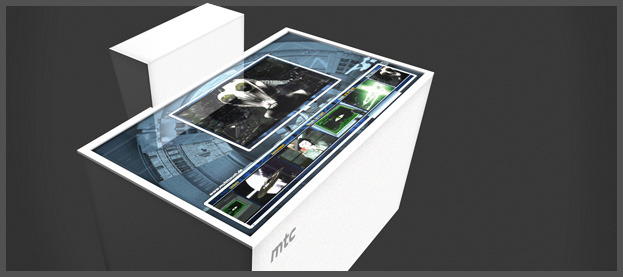
The c-base Multi Touch Console mtc is a completely self-contained, touch-sensitive table built in spare time by a group of c-base members. A projector in the table displays an image on the table surface and an infrared-sensitive camera is used to track positions of fingers touching it. The mtc reacts to an unlimited amount of touches at once. Touch locations are determined with an accuracy of a few millimeters. Besides ongoing technical improvements, the Multi Touch Console will be used for interaction research. It is open to interested parties for test installations.
I was responsible for the case design in cooperation with Christian Bennat. We also build the case.




